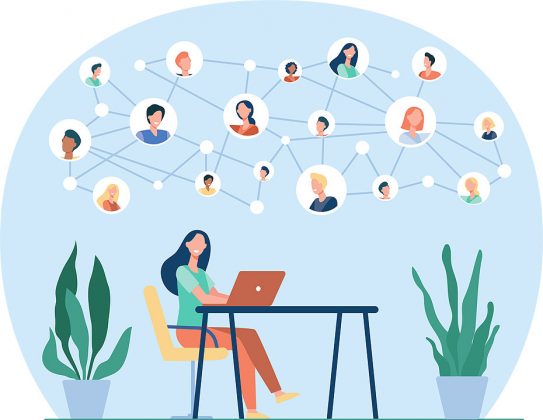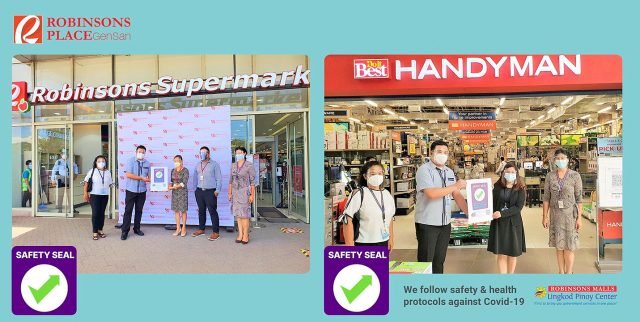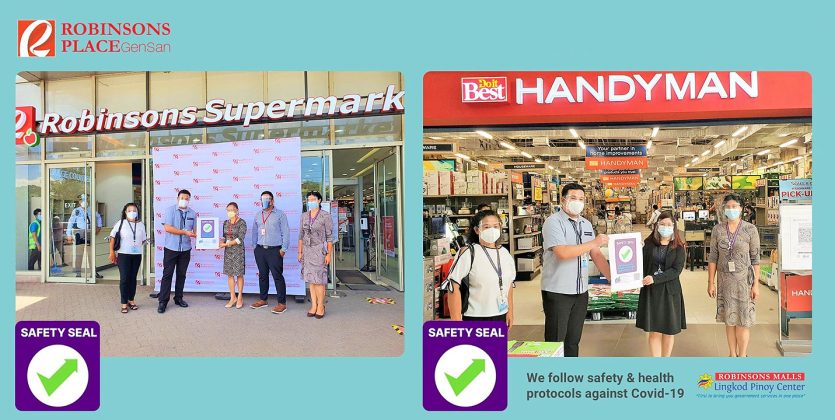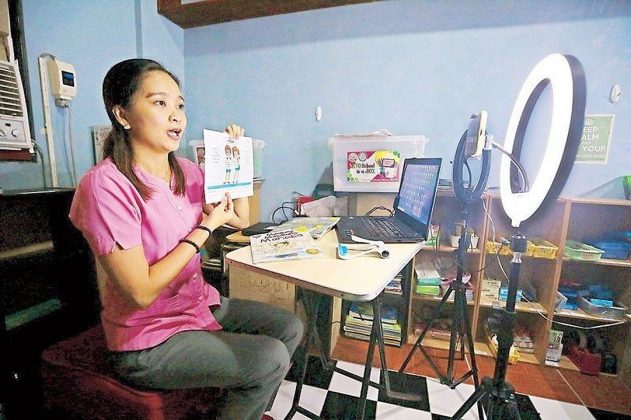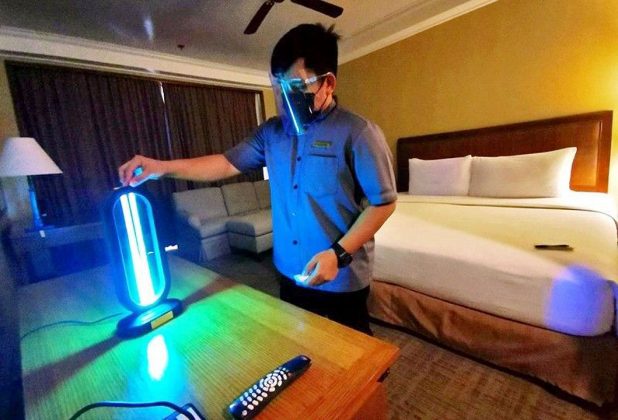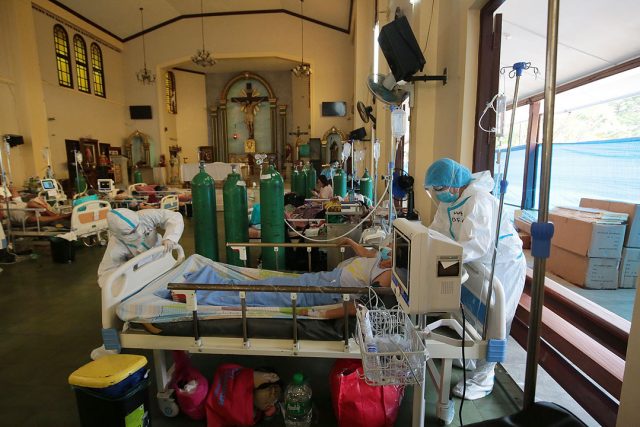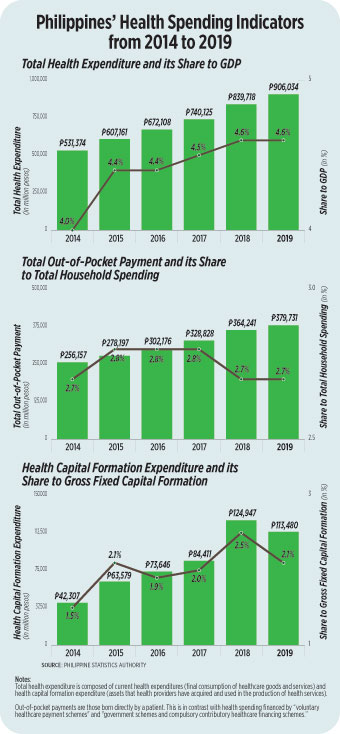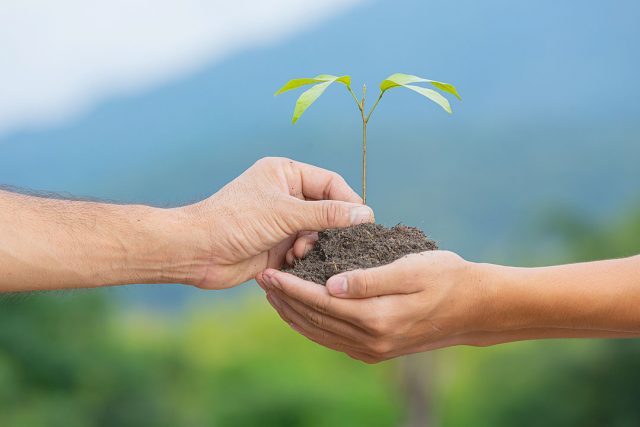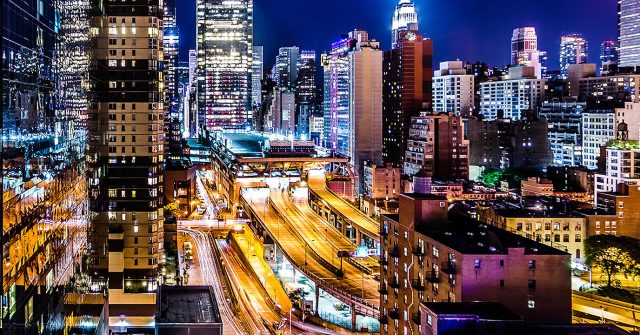The future of the office is up for negotiation
By Bianca Angelica D. Añago
March 15, 2020 will be long remembered as the date people living in the lockdown zone lost their freedom of movement. But when the fallout from the pandemic clears and with the perspective afforded by time and ample reflection, it may also be viewed as a turning point for how people live, play, study, travel, consume — and perhaps most salient of all, work.
Exactly what the office will look like when that comes around is yet to be determined — the outcome of many little individual negotiations between employees and their bosses in every company. Future decisions made regarding where to work, how to communicate with colleagues, what new benefit structures and incentives will look like, what companies will need to spend to make the new set-up happen, are very likely being planned out today, ready for rollout when the time is right.
The analyst consensus is that hybrid work arrangements are likely to stay, with more employees taking advantage of the benefits of remote work, such as the elimination of commuting stress.
Calixto V. Chikiamco, board member of the Institute for Development and Econometric Analysis, said “some who do remote work now will probably choose a hybrid arrangement, where part of the time employees work from home and part of the time they report in person.”
Mr. Chikiamco added that it is difficult to resist the impulse to “go back to pre-pandemic normal life as much as possible.”
He does not expect face masks and physical distancing to continue once the pandemic is controlled, but companies will likely implement changes to ventilation or enclosed spaces like conference rooms, which could be moved to open-air locations.
Mr. Chikiamco said such effort and investment could ultimately pay off — if the changes have a positive effect on productivity, thereby benefiting the economy.
“However, the biggest concern of employees is not their physical health but their financial health — recovering the incomes they lost during the pandemic,” Mr. Chikiamco added.
Rene E. Ofreneo, professor emeritus of the School of Labor and Industrial Relations at the University of the Philippines, said: “office workers whose physical presence is not needed are likely to negotiate to maintain such arrangements.”
Mr. Ofreneo said the challenge to employers, however, is to identify and justify which roles can be performed successfully from home.
The benefits of hybrid work arrangements will be viewed differently by employers and employees, Mr. Ofreneo and Mr. Chikiamco said.
Employers, Mr. Ofreneo said, can save on utilities and rent, while employees will no longer need to spend on transport.
Mr. Chikiamco added that one of the benefits is the possibility of achieving work-life balance.
On the other hand, the loss of in-person work might mean that the company loses out on “social interaction and more productive gatherings,” he added.
He noted that the financial capacity of most companies was weakened by the pandemic, and doubted whether companies can afford major spending items such as upgraded health coverage.
“It will really be up to the government to implement an effective universal health insurance system that will cover the medical costs of citizens, especially in cases of catastrophic illness,” he said.
Mr. Ofreneo expects endless labor issues to arise from hybrid work arrangements, such as the “existence of employer-employee relationships, compensation standards for those who work from home, allowances for internet subscriptions,” among others.
Arguably the most sobering byproduct of the pandemic is how many people lost their jobs or had to endure reduced incomes, and how many may still do so as the pandemic rages on in its second year. The Philippine Statistics Authority estimates that the unemployment rate in 2020 more than doubled to 10.3% from 5.1% a year earlier, the equivalent of about 4.5 million jobless and seeking employment. The previous recent high for unemployment was April 2005, when the rate was 8.3%, equivalent to 2.9 million unemployed.
With about a year and a half of pandemic living under our belts, how has the crisis permanently changed the world of work?
NEW WORK ARRANGEMENTS
Faced with those prospects, there has been some resistance to going full WFH, and not just from bosses, but from workers as well.
A survey conducted by real estate consultancy Jones Lang LaSalle Philippines in March found that only 37% of the 3,300 surveyed believe they are more productive working from home than in the office.
“Over 75%… have missed being in the office physically at least part of the time and prefer to work remotely 1.5 days a week,” it added.
BusinessWorld also interviewed five senior decision-makers, either company executives or heads of human resource departments, and found a mixed bag — only two are open to hybrid work arrangements after the pandemic, for instance. The policies they expect to implement are all over the place. The common thread in their thinking appears to be that much will depend on the employee’s exact role or the nature of the industry.
“We are open to (work-from-home arrangements), especially when it’s possible,” Ronnie D. Traballo, chief executive officer of landscape construction firm Cypress Bomanite, Inc., said.
“As a construction company, though, most of the frontline workers need to be in the field; we get to utilize the WFH arrangement for back-end support,” Mr. Traballo added.
Jesusa A. Tanglao, human resources and administrative manager at ClearWater Resort and Country Club, said she backs a work-from-home (WFH) setup even after the pandemic, which she believes will “make employees more disciplined in terms of time management and work ethic.”
The other senior executives, who were opposed to indefinite WFH arrangements, cited the improved communication that comes with gathering in a physical office.
“I’m more used to working face to face (for a) better understanding of the person you’re talking to and for better communication,” John Ralph B. De Vera, corporate secretary at travel agency Global Connect Travel, Inc.
“It is sometimes difficult to work from home because you often do not understand each other” on tasks or deadlines, Mr. De Vera added.
Ryan S. Chua, president of gaming retailer Gameline, said, “Our team’s pretty small and lean; we work in a fast-paced industry, and most of our teammates find it less productive when they work from home.”
“It’s also easier to collaborate with each other considering that things can be very ad hoc in our industry,” Mr. Chua added.
Ronette M. Espiritu, co-manager and administrative head of the Sinag Kapihan coffee shop, said: “Work from home is not applicable to this type of job” as it would be difficult for café operations to run smoothly when even just one employee is working remotely.
NEW PHYSICAL SETUP
Despite the resistance, some degree of change is in the air, in the form of safety rules and digitalization of at least some processes and transactions.
In February, Reynaldo C. Lugtu, Jr., chairman of the Information and Communications Technology Committee of the Financial Executives Institute of the Philippines (FINEX), wrote that Alibaba Cloud found in a survey that 94% of Philippine businesses consider cloud or online storage-based technology solutions to be a critical for mitigating the impacts of the COVID-19 pandemic.
Some 51% of businesses also reported adopting more cloud-based technology solutions.
Mr. De Vera of Global Connect Travel, Inc. ruled out going the full digitization route and maintained that his main priority remains workplace safety. He is preoccupied with the installation of adequate sanitation amenities, even when all workers have been fully vaccinated. He also intends to enforce physical distancing, “just to be safe that there is no virus transmission” in the office.
Mr. De Vera said his company is “used to working in physical space,” as in with meetings, speaking to clients, and conducting other transactions.
Mr. Chua of Gameline said digital adaptations to the pandemic are already in place at his company such as “e-commerce and productivity tools that can help our team work efficiently.”
“We’ve already adopted cloud solutions in order for our team to be more flexible,” he added.
Mr. Chua said his workplace will likely continue the practice of wearing face masks, sanitizing, and regular disinfection even after the pandemic ends.
“We’ll continue to evolve in order to serve our customers better,” he said.
Ms. Espiritu of Sinag Kapihan said “proper hygiene and healthy living” will be key to workplace safety after the pandemic because “the virus is always there.”
The café plans to continue using temperature scanners, alcohol dispensers, foot baths, and face masks and face shields even after the pandemic.
Ms. Espiritu added that the café’s approach focuses on shifting to mobile wallets like GCash for payments, and to list menus on social media to minimize contact with frequently-handled surfaces.
The two executives most open to WFH, Mr. Traballo of Cypress Bomanite and Ms. Tanglao of ClearWater, are also aggressive in pushing for digitization.
Mr. Traballo said Cypress Bomanite has been using as many digital tools as possible, such as video conferencing applications; chat groups for team communication; sales force and customer relationship management software; and various business productivity tools on mobile devices.
Traballo hopes, however, that it will be possible someday to do away with masks.
Meanwhile, Ms. Tanglao said her company “will continue to implement our current physical work set-up which complies with the required physical distancing.”
“Our employees’ work stations are distant from each other, (and) they are still required to wear face masks, sanitize their respective stations, and observe the required health and safety protocols,” she added.
She said workers will maximize the use of Zoom or other video conferencing applications when possible.
IMPROVED HEALTH BENEFITS
Insurance company Manulife Financial Corp. found in a February survey that almost all of the 519 respondents in the Philippines said they have taken action to better protect themselves against the virus.
Of the 69% said they are now exercising regularly, while 61% said they improved their diet.
The executives who spoke to BusinessWorld also noted a shift in priorities with regard to employee health.
Mr. Traballo of Cypress Bomanite said aside from the regular benefits such as life and accident insurance, the company has also started focusing on employees’ mental health.
Mr. Chua of Gameline, Mr. De Vera of Global Connect Travel, Ms. Tanglao of ClearWater, and Ms. Espiritu of Sinag Kapihan named workplace health as their top priority.
Mr. Chua said he provided regular COVID-19 tests for his employees and facilitated vaccinations with the local government. Mr. De Vera said employees have individual health cards and that the company covers their employees’ hospital bills.






